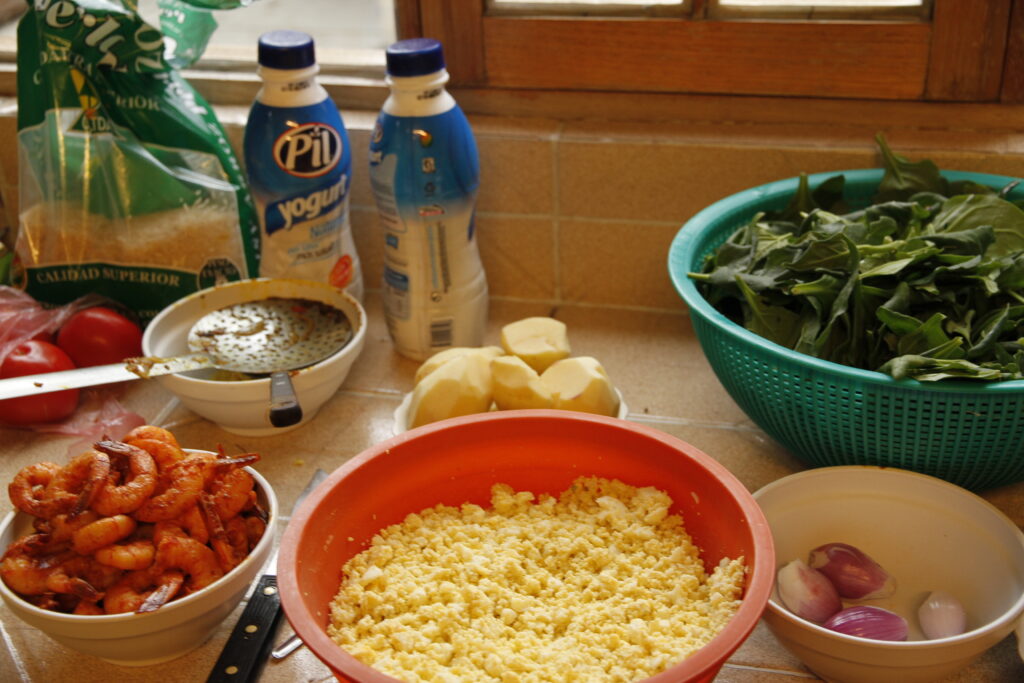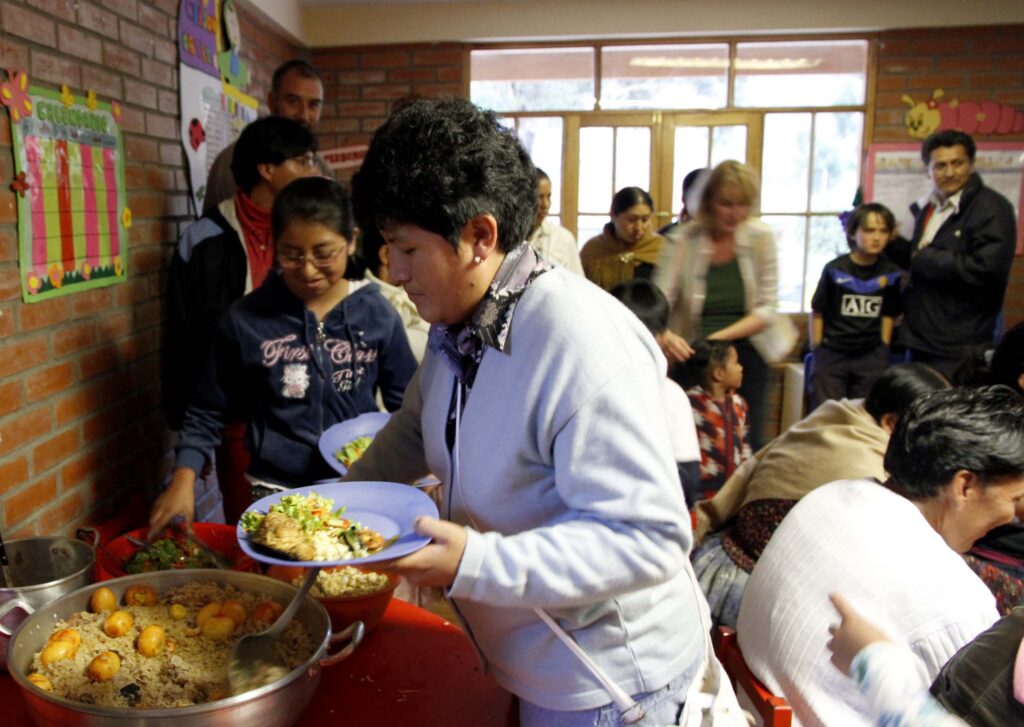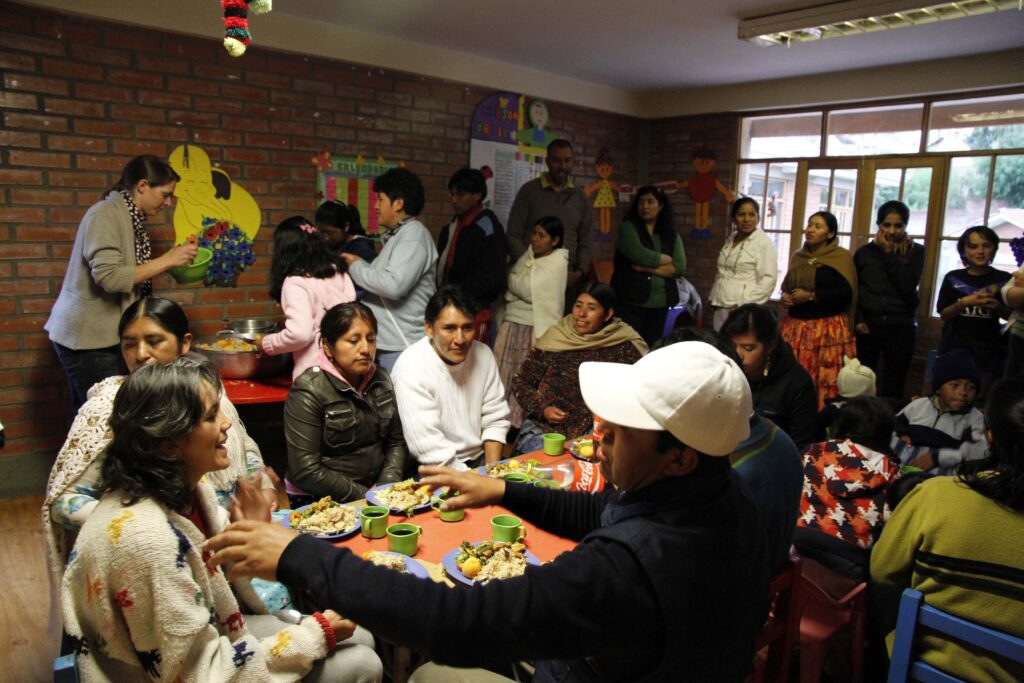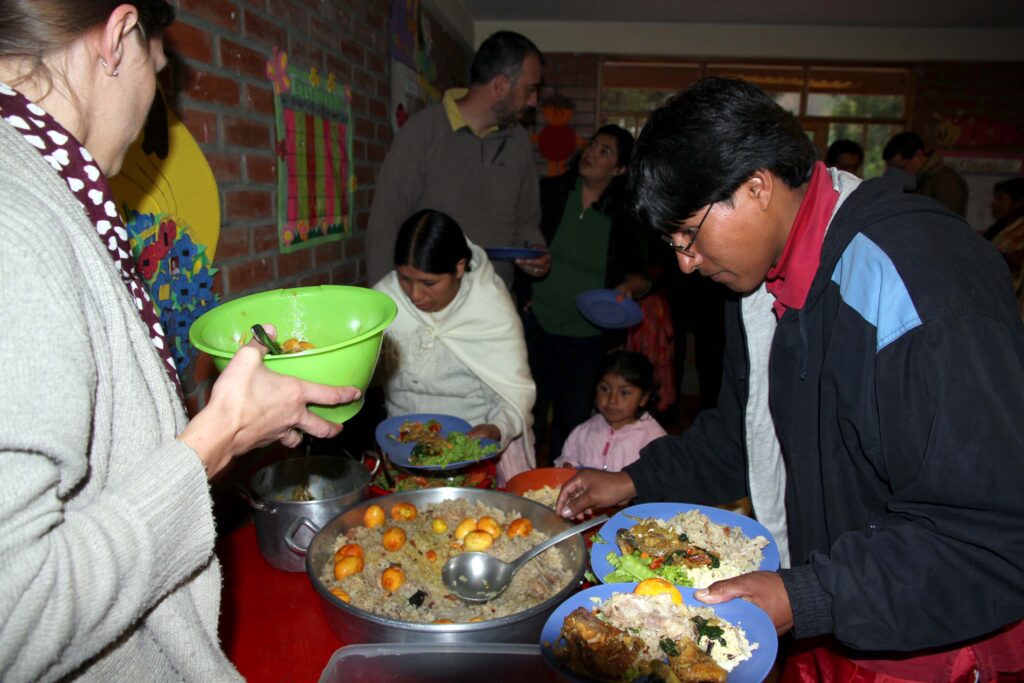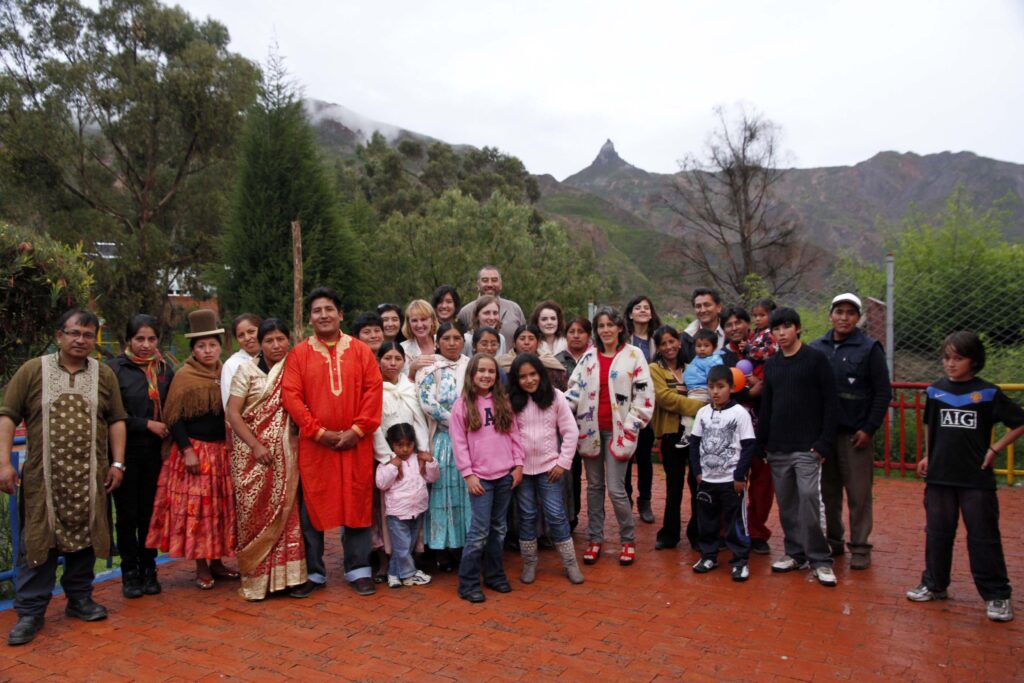The Exhibition
The Powers of Festivals exhibition was the outcome of an exploration to see and understand how festivals are utilised by minorities and native peoples around the world to survive, develop confidence and build their capacities. Public celebratory events provide an opportunity for communities to use their cultural traditions and artistic creativity to showcase their collective achievements, develop internal unity/pride and achieve a more confident engagement with outsiders.
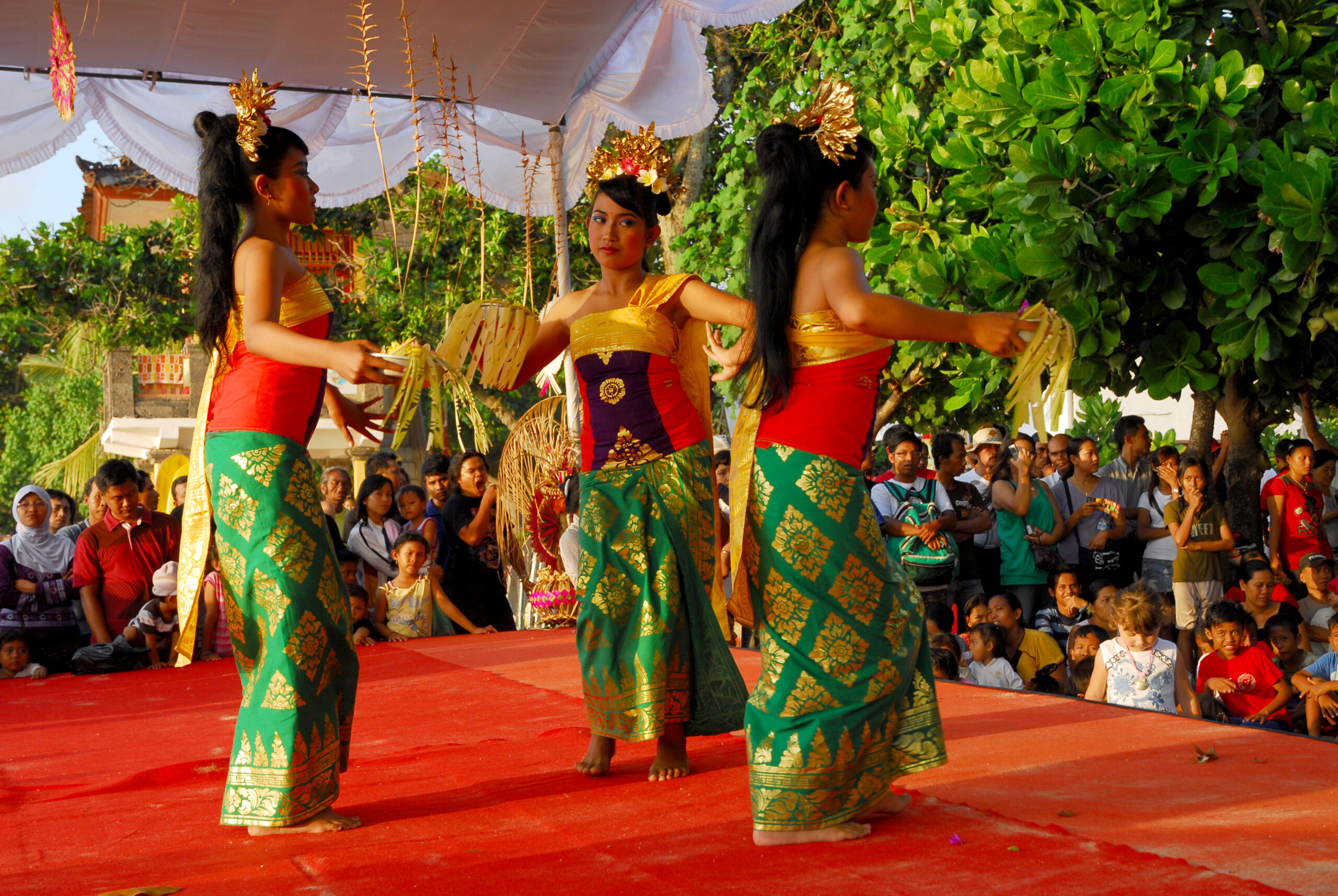
Kuta Karnival in Bali (2008/09)
Nottinghill Carnival (2009/10)
Boisabi in the Chittagong Hill Tracts (2011)
Oruro Festival in Bolivia (2012)
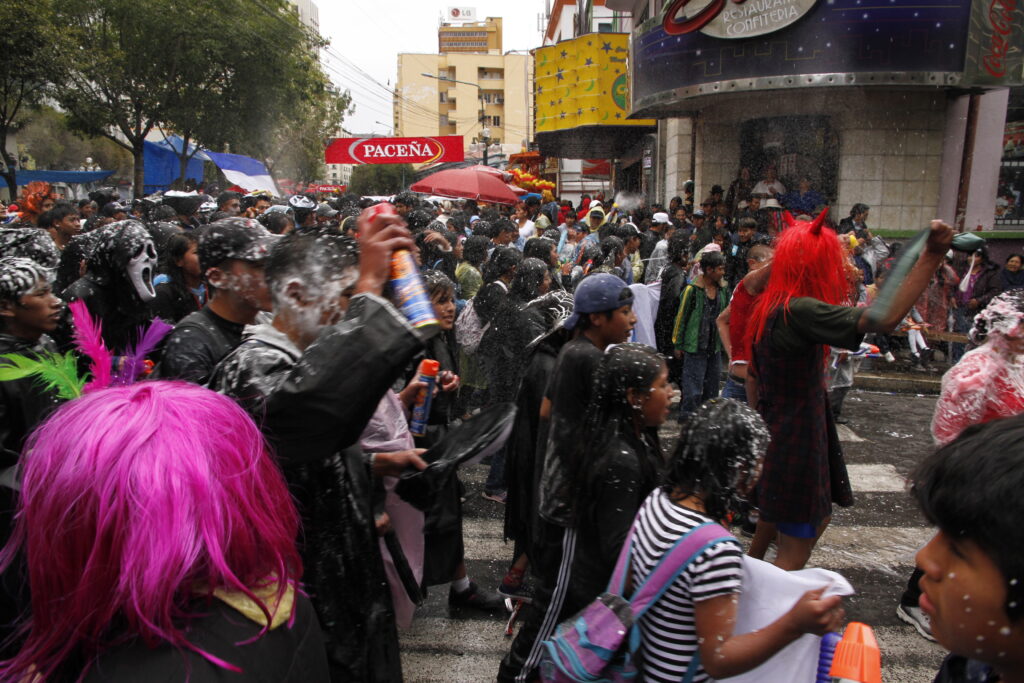
Although there are thousands of minorities and native peoples around the globe whose festivals could have been candidates for my exhibition, I chose the following four: Kuta Karnival in Bali, Oruro Festival in Bolivia, Boisabi festivals in the Chittagong Hill Tracts (Bangladesh) and Nottinghill Carnival in London.
Throughout history and especially during the last few hundred years many communities and nations around the world faced existential threats. Some of them have even been on the verge of extinction through external genocidal efforts. The Native peoples of North and South America, Aboriginals of Australia and Maoris of New Zealand are the largest such groups who faced unprecedented external threats. All their lands were taken by stronger organised states that systematically transported in new settlers and pushed the indigenous peoples out of their traditional lands, often using extreme violence and committing genocides. The result has been the shameful reduction of native populations and their confinement to small areas. Those who have managed to survive have been suffering from disorientation, extreme poverty, isolation and without a voice in the world arena for centuries.
However, in recent times some positives signs of recovery are beginning to be seen and the election of Juan Evo Morales as the president of Bolivia in December 2005 is an inspiration that such communities can look to a better future. He is the country’s first indigenous head of state since the Spanish conquest 470 years ago and hopefully, this is the start of a new beginning and new future for all native peoples around the world.
Some communities have become minorities because of the incorporation of their traditional lands into bigger countries who faced and continue to face existential threats. For example, within the Chittagong Hill Tracts in Bangladesh, there live several ethnic and indigenous communities, who are very different from Bengali people. They have colourful traditions and rich cultures. They face threats from an ever-increasing number of Bengali settlers moving into their traditional lands.
Living in multi-cultural London allows one to experience a variety of cultures that co-exist and festivals that take place in a diverse city. Festivals in London help build community unity and provide an opportunity for people to know and enjoy each other’s cultures and cuisines. Public festivals also help vulnerable minorities to preserve and feel proud of their traditions/cultures and promote greater levels of synthesis through inter-mixing.
My Amazing Bangladeshis Challenge 2011
The Powers of Festivals exhibition initiative is also linked to my Amazing Bangladeshi Challenge 2011 to celebrate 40 years of the birth of Bangladesh. In December 2010, Brick Lane Circle launched the initiative and challenged all Bangladeshis to do something amazing during 2011. Many individuals responded to this call. I chose, as my challenge, to go around the world to cook Bangladeshi food and take traditional Bangladeshi costumes as gifts for native peoples and minorities around the world to promote friendship between them and Bangladesh. I decided to combine my challenge with my plan to develop the Powers of Festival exhibition by making my visits during times of major festivals.
Bali was an exception as I had festival footage from previous visits. Also, as I already had friends on the island I decided to go there first for my Amazing Bangladeshi Challenge as a pilot to experiment with my cooking abilities. In March 2011, I went to Bali and informed my friend Putu Witsen, who is the founder of the Mepantigan Balinese Martial Arts Dance, about my challenge. On hearing this he suggested that I cook for his team and use the kitchen in his house to prepare the food, which I accepted very gladly. Putu and his wife Ayu helped me with the cooking. As I only eat halal food, he arranged for chickens to be slaughtered in the appropriate Islamic way. I cooked chicken biryani, fish pyazu, prawn korma, dim bharta (crushed boiled eggs with onions, chillies and salt), chicken curry and shemai (desert). About two weeks later when I was in Bangladesh Putu sent me an email saying ‘hello brother, last Sunday my wife cooked byrani, chicken with rice, ala Banglo’.
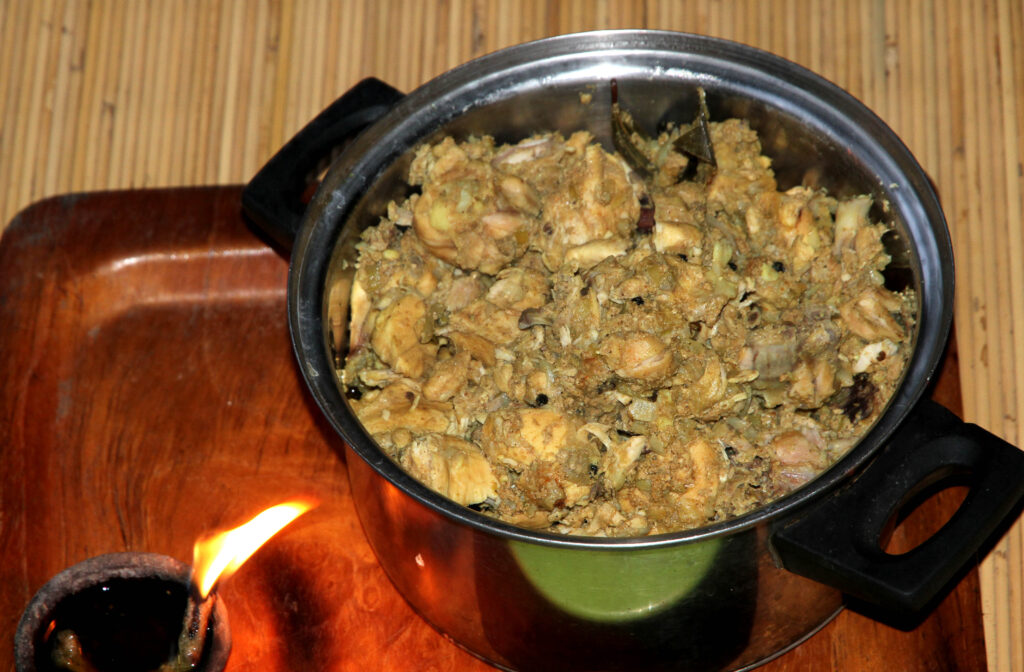
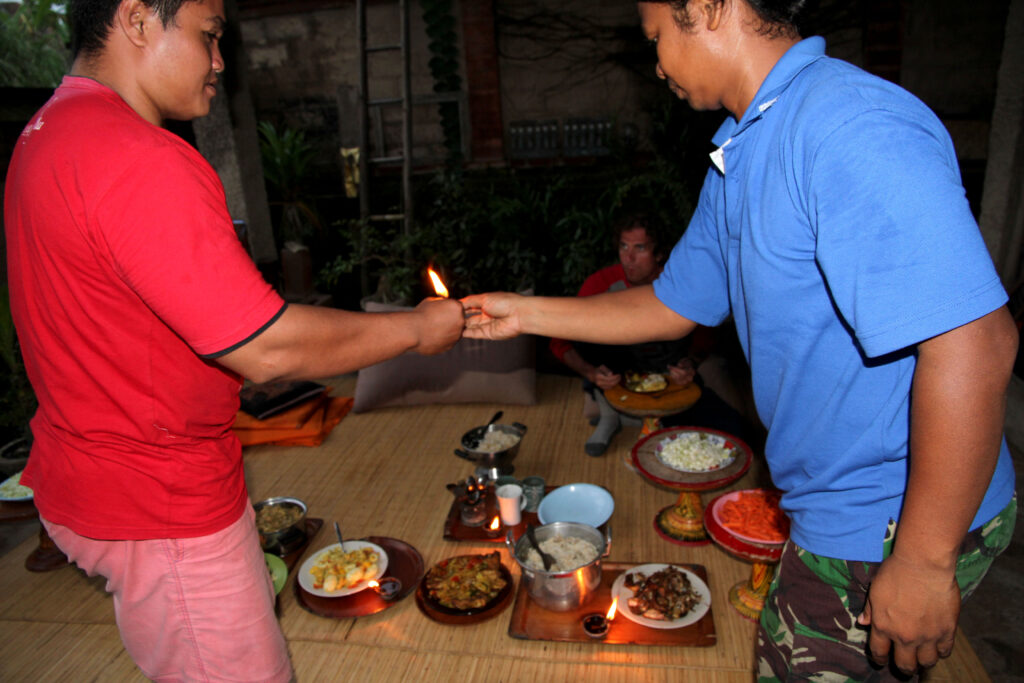
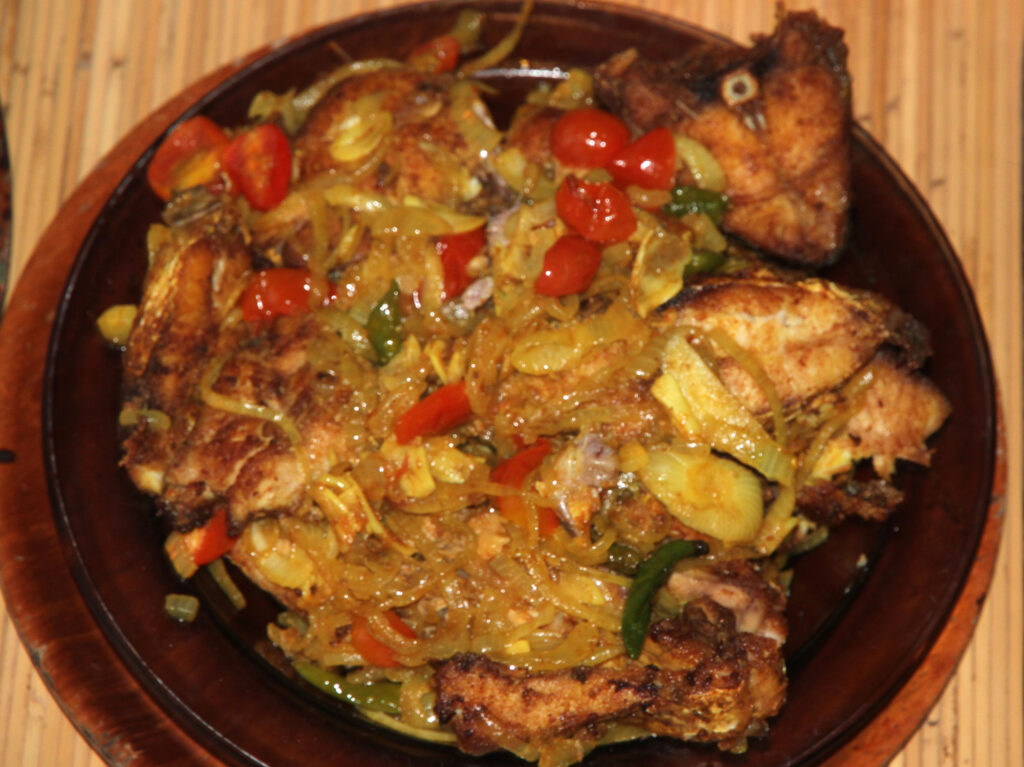
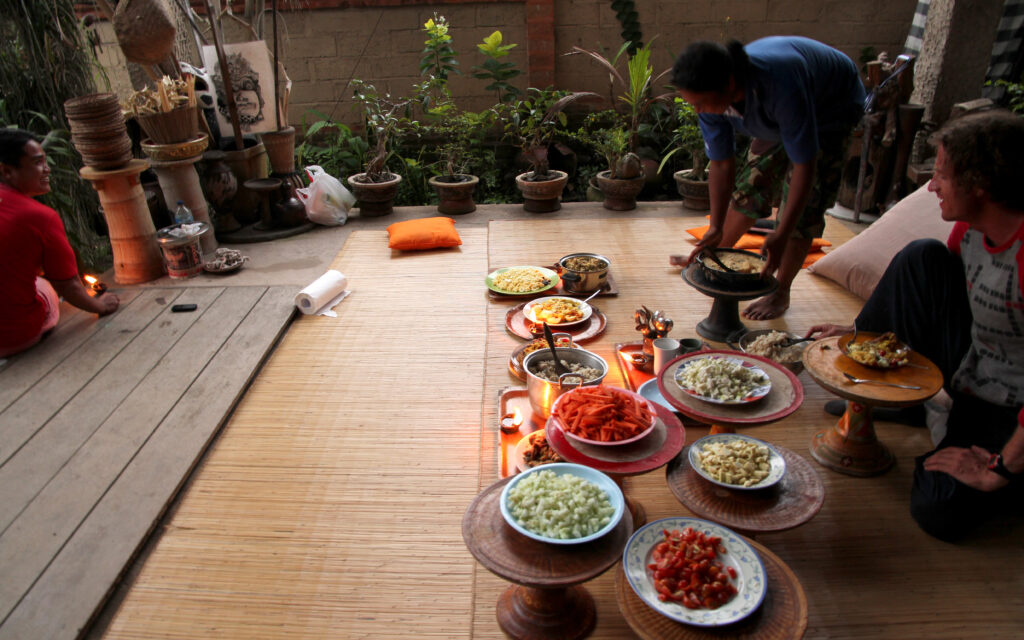
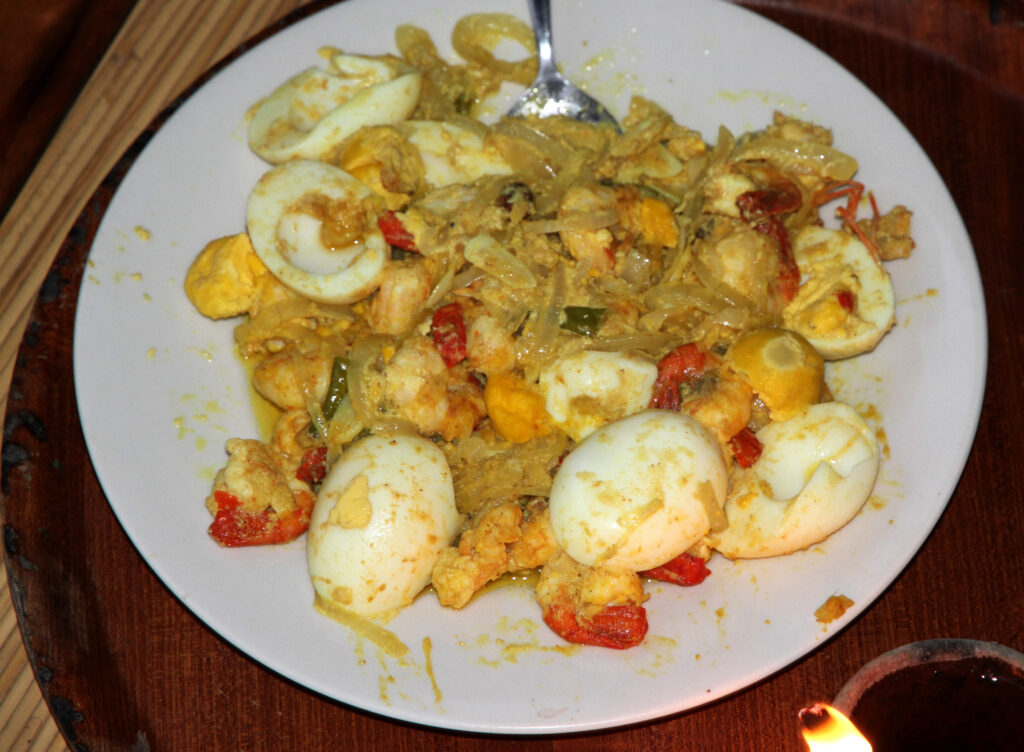
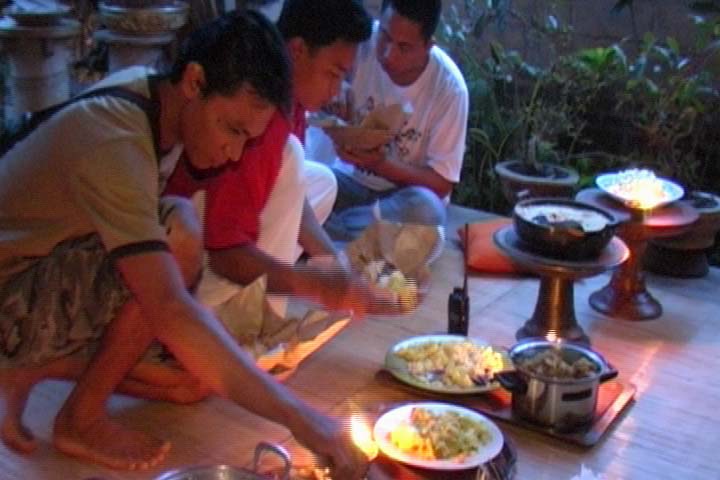
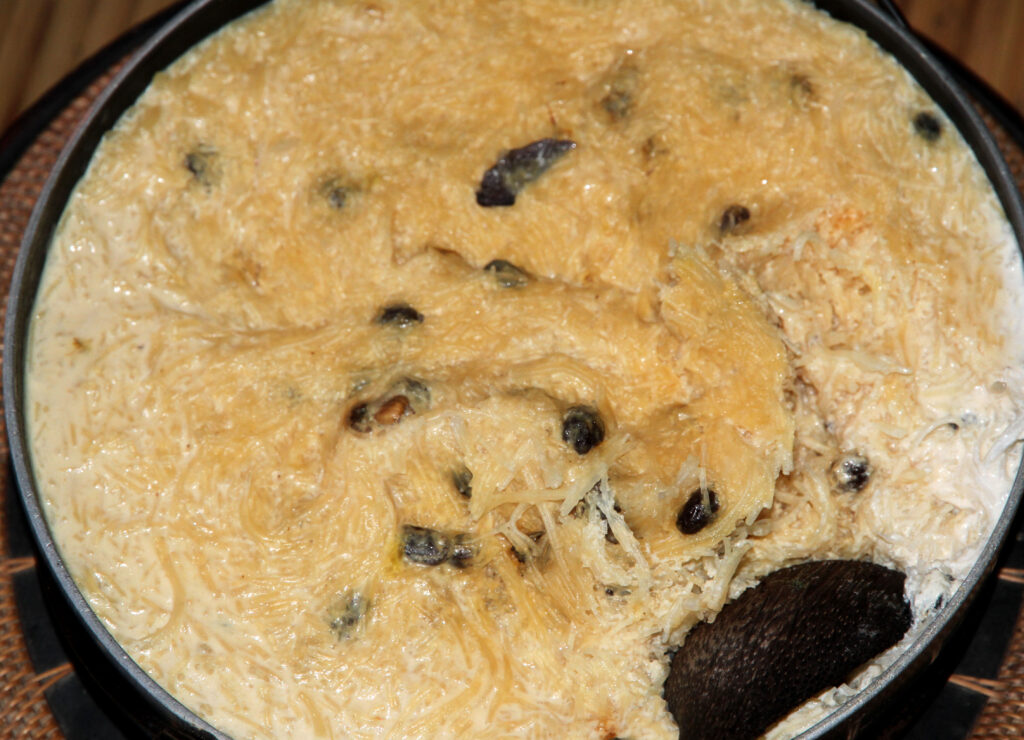

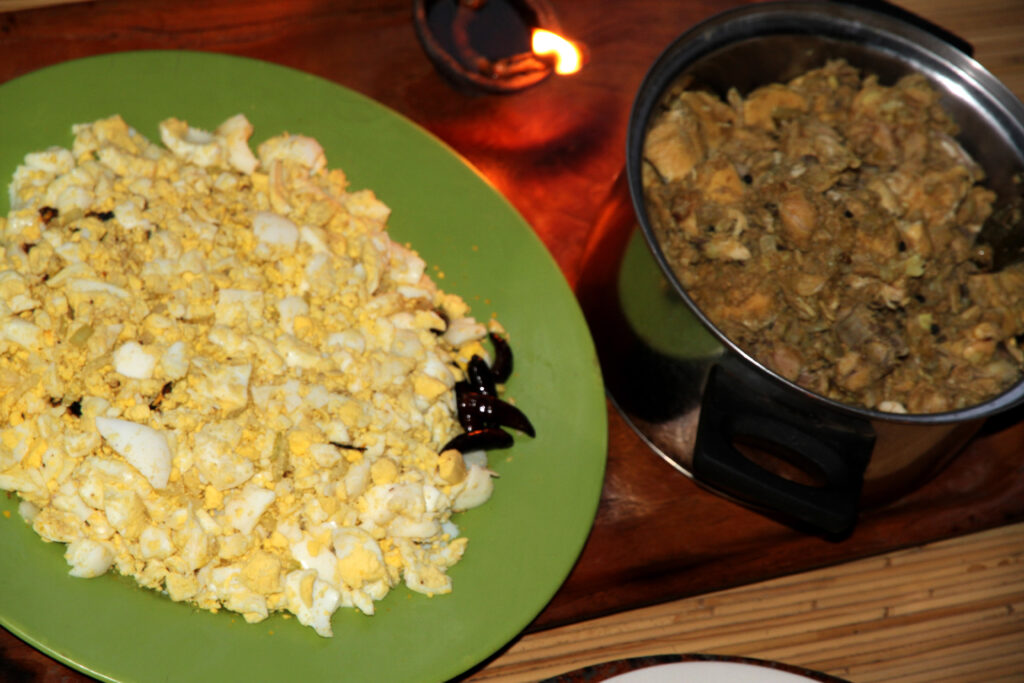
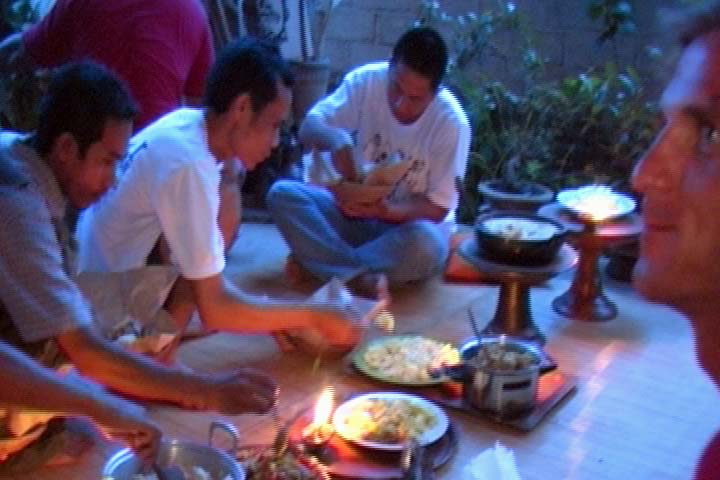

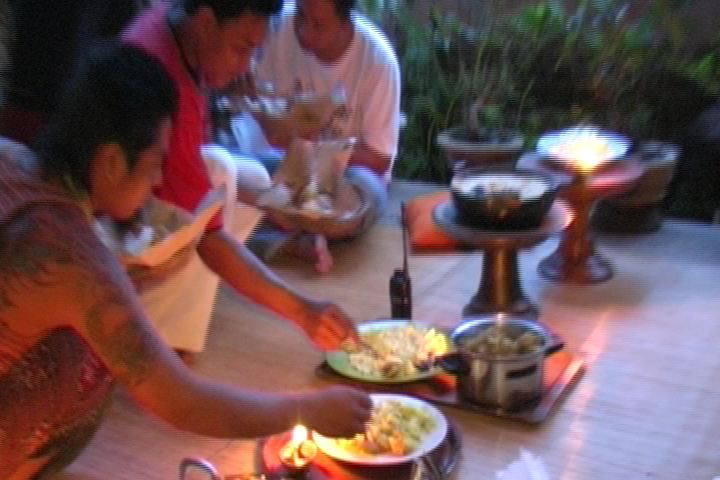

Putu Witsen, his wife, wearing traditional Bangladeshi costumes – my friendship gift
I had plans to visit Australia, New Zealand, North America and South America during 2011 and made arrangements with the Maori tribal authorities in Whakatane (New Zealand), Arlpwe Aboriginal community (Australia) and the Novaho Nation (USA). However, I had to postpone my 2011 plan until 2012.
In February 2012, I was able to go to La Paz in Bolivia, experience the amazing Oruro Festival and cook Bangladeshi food for a group of Aymara Indigenous people. A lovely English lady called Emma Donlan, who lives in La Paz, made all the arrangements for undertaking my challenge. She was introduced to me by Sandra Kabir, an equally lovely and very helpful lady who lives in London. I informed Emma that I only eat halal food so she and her husband Rolando kindly arranged four live chickens for me to slaughter in the Islamic way. I cooked chicken biryani, fish pyazu (fish from Amazonia), prawn korma, aubergine/spinach, dim bharta (crushed boiled eggs with onions, chillies and salt) and shemai (desert).

